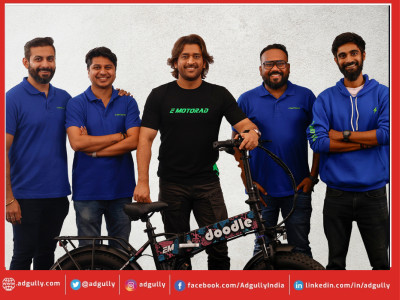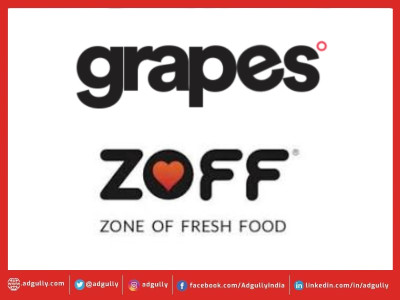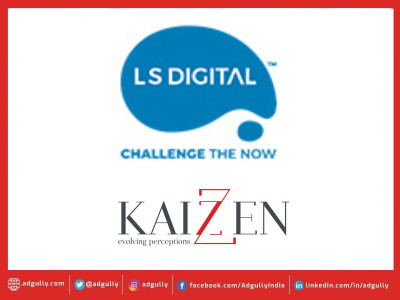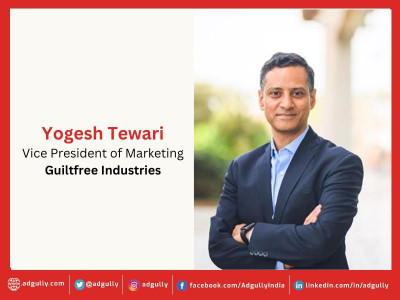“Brands & PR are still a long way from comprehending digital PR’s potentialâ€
With the changing world dynamics around digital media, it has been observed that Public Relations has expanded its strategies and workings in line with expanding digital media presence for organisations and groups.
In conversation with Adgully, Kunal Gupta – PR and Communications Strategist, speaks at length about change in the PR industry, how is PR industry transitioning from traditional to digital medium, challenges faced by PR practitioners and much more.
You have been in the PR industry for over 16 years now. How has PR evolved in the last 10 to 15 years, and what are some of the significant changes that you have noticed?
Until two decades back, public relations professionals heavily relied on fax machines, in-person meetings, and phone calls to engage with the media and help a brand reach the outside world. Fast forward to the present times, the PR landscape has transformed drastically. Long gone are the days when PR practitioners like us disseminated a hard copy of a press release or brand profile to media houses with the intent to convey the brand message across multiple channels. The onset of digital mediums like Telegram and WhatsApp has led to a paradigm shift in the industry – whether it is with respect to researching media targets or establishing new connections, sending out a brand pitch to circulating highly-awaited coverage. Take for instance the “Media & PR Folks” group on WhatsApp – my brainchild that connects media and PR professionals from across the country. The group acts as a medium for exchanging journalist co-ordinates and can be used as a platform for reaching out sector specific journalists for PR professionals looking to explore opportunities for their client. This is a classic example of how transitioning to the digital world has made access to information easy.
Having said this, one thing that has not changed is the need for fortifying relationships with the media that matter to your brand. It may be tempting, especially for newcomers, to send text messages and pitch emails to a journalist, but it is most likely that they will go unnoticed amid an overflowing email inbox unless you share an exclusive relationship with the members of the media. Ultimately, embracing the changing episodes in PR is essential to succeed, but weaving traditional tactics with emerging modern practices will help you and your brand sustain and rise above the crowd.
What are some of the challenges you faced in your journey while dealing with clients or journalists?
Given that the media is narrowing and the reach of the internet is increasingly expanding, brands – both start-ups and well-established companies – are wanting to be noticed right from day one. But realistically, even the best planned and implemented media relations efforts can lead to poor or no coverage if the brand lacks presence, relevance, credibility, and differentiation. Here is where the role of PR professionals comes into play. It is important for professionals to set the right expectations and make the client aware of what the potential outcome might be during and after outreach.
A timeline of at least 6 months is ideal to be brought to build a brand in the eyes of the media. What helps in this context and yet remains a challenge is arranging non-agenda-based meetings among members of media and the client.
Another persistent challenge faced by PR professionals is delivering quick responses to media requests. Though the importance of time-critical queries is known among the fraternity, the need to deliver responses with the same urgency is barely realised by clients, leading to a loss of opportunity and deterioration of media relations. With regards to experiencing challenges when dealing with journalists, the larger problem occurs when a reporter inaccurately portrays a brand story or misrepresents an article to grab eyeballs. If there is an unintended error, reporters often agree to correct it. Unfortunately, the journalists also refuse to rectify the story if it deems fit, even when the information is blown out of proportion. Here, too, having strong media contacts helps!
Has India adapted to the changes in digital as compared to other countries around the globe?
‘Digital transformation’ has come a long way from being a mere loosely-used corporate buzzword to a present-day strategic priority. But the digital universe in the PR domain is still in its infancy as compared to international markets. Though professionals in the industry have come to grips with the digital era and progressive brands have begun to take note of online mediums, most are yet to completely embrace and capitalise on the digital mediums. In simple terms, the ratio of preference between print and digital remains 60:40 as of today! But despite the inclination towards print (newspapers and magazines), brands are slowly realising the traction they can gain via digital mediums and are thus optimising their spends in the same direction.
The upside is - whether it is LinkedIn, Twitter, Instagram, or YouTube, a single post with a brand mention from a considerably reputed journalist is considered equally noteworthy coverage as any other medium would offer. That being said, we – both brands and PR professionals – are still a long way from comprehending the potential of digital PR, which holds enormous promise. The onus is on us to leverage new practices to boost growth and competitiveness for brands.
What are your suggestions to clients who are dealing with PR for the first time?
PR is a great tool for brands looking to further their reach and grab the attention of potential customers and other stakeholders. For new brands, especially, it is essential to invest in PR, as it can help build an industry presence and brand identity. In the process of employing a PR agency or independent expert, it is extremely important for brands to facilitate a realistic timeline to observe the measurable outcome. The ability to build awareness in the media, craft an engaging brand story, and garner authentic coverage are huge PR assets that require time. PR, by its very nature, is not an overnight job. So, clients, along with their PR professionals, must take into account the following strategies for PR success:
- Focus on targeting and encompassing various news angles
- Be proactive and responsive, and build strong media relations
- Diversify your media outreach across different platforms like the financials, mainlines, online, and trade publications
- Keep up with the trends in the media fraternity
- Give importance to events, conferences, and forums to build a robust network
There is still a strong belief that PR in India still works on strong media relations. What is your view on the same?
I completely agree. PR and media relations go hand in hand. In the Indian market, especially, it is essential for PR professionals to establish and fortify relations with the media in order to serve clients better. If you look around, there are thousands to lakhs of brands seeking media presence through diverse agencies. In this highly-competitive world, if I want to make my brand cut through the noise; disseminating releases, publishing paid articles, and making announcements alone will not make an impact. What will certainly deliver tangible results, that is, positive coverage for the brand, is your contacts in the media world.
When you invest time in identifying the relevant media channels for your brand, you increase the brand’s chances of reaching the targeted audience, which invariably improves the potential customer base for the brand. The newbies in the industry should especially spend time building better relationships with journalists. These efforts taken at the foundation level will go a long way.
















Share
Facebook
YouTube
Tweet
Twitter
LinkedIn